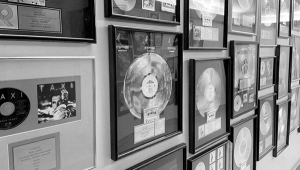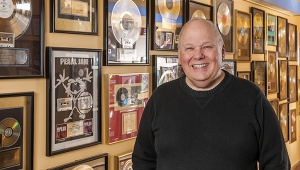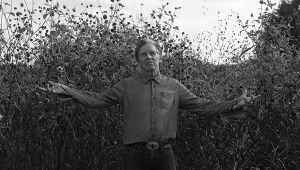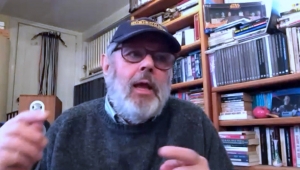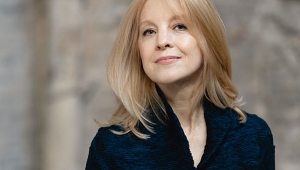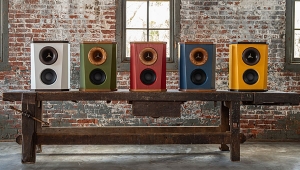| Columns Retired Columns & Blogs |
Audio, Precision, & Measurement: Richard Cabot
Dr. Richard Cabot is one of today's foremost authorities on audio measurement and testing. Formerly an instrumentation designer at Tektronix, Dr. Cabot is now Vice President and Principle Engineer at Audio Precision. The company's System One, a computerized audio test set (used by Stereophile), has revolutionized the way the world measures audio equipment.
Footnote 1: See "As We See It" in the July 1990 issue (Vol.13 No.7) for discussion of this topic.
Dr. Cabot holds B.S.E.E, M. Eng., M.S. Mech, and Ph.D.E.E. degrees, all earned by the age of 23. His dissertation was a study of sound localization in multi-channel reproduction systems. In addition, Dr. Cabot has served many posts within the Audio Engineering Society and is currently Vice President, International Region of that organization. In addition to designing test equipment, Dr. Cabot is a member of several panels that set audio measurement standards, including the IEEE and ASA. He is the author of Audio Engineering Society papers on audio measurement, including one on measuring the AES/EBU digital interface, the professional version of the consumer S/PDIF interface that connects CD transports to digital processors.
Because Dr. Cabot has dedicated his career to audio measurement, I felt his views might shed some light on the debate between those who judge audio-equipment performance by measurement and those who judge it by listening (footnote 1). During a recent trip to Oregon, I visited Audio Precision's headquarters and asked Dr. Cabot how far measurements go toward describing the sound of an audio component:
Richard Cabot: I certainly believe that if something can be reliably heard—if the person really is hearing it—you can measure it if you know what to measure. But I would not swear that I could, with a simple set of measurements, automatically measure the right things. I would try to do a broad spectrum of measurements. There are a lot of measurements that we haven't figured out how to make yet. We aren't really measuring the right things.
Measurements are often made around what is convenient to measure or what is useful in a design viewpoint to assess tradeoffs in the design. If you are looking at designing some equipment, you go back many years to when people first started doing audio measurements in the hi-fi business. They were battling amplifiers that had several percent harmonic distortion. Harmonic distortion was a measurement that related very well to bias tradeoffs in vacuum tubes and output characteristics of output transformers. Measurements in widespread use today were developed because they were useful in assessing characteristics of what you were designing, not necessarily because they were useful in assessing the characteristics of what you heard. It's extremely rare for anyone to address measurements from the viewpoint of what we hear and work backwards to what it is we need to measure in a device.
Robert Harley: Do you believe that every audible phenomenon can be measured with existing instruments?
Cabot: No, I wouldn't say that. I think an awful lot of it can be, but just isn't measured. But I have no doubt that measurements will be found in the future that we don't know how to do today. I'm sure they will be found. If you can identify the problem, I can figure out a way to measure it. The problem is identifying the problem. If you tell me the physical effect that is causing what you hear, then I know I can find a way to measure that physical effect. But if you don't know what the physical effect is, only that you hear something, I can't necessarily find a way to measure that.
Harley: After listening to and reviewing digital audio processors, I measure them. When looking at the data and graphs generated, I don't see anything that describes the sonic qualities that I heard. They measure nearly identically, yet sound very different.
Cabot: Well, I'm not sure that they have nearly identical measurements. I have certainly found CD players that I can hear the difference between. Somebody here bought a new portable CD player, one of the Discman-style ones, and its distortion was clearly audible. It was not something you would have to make an effort to find. And that was supposedly a better model from the same company that made the previous one that he already owned. He promptly took the new one back to the store, got another unit of the same model, and it sounded the same. He went back to his older one, which sounded better than the newer one. So I don't believe there are no differences between CD players. But I personally believe that virtually all differences are attributable to the converters, the digital filtering, analog filtering, and other analog circuitry.
A good friend of mine is the person who developed CD Stoplight.
Footnote 1: See "As We See It" in the July 1990 issue (Vol.13 No.7) for discussion of this topic.
- Log in or register to post comments

